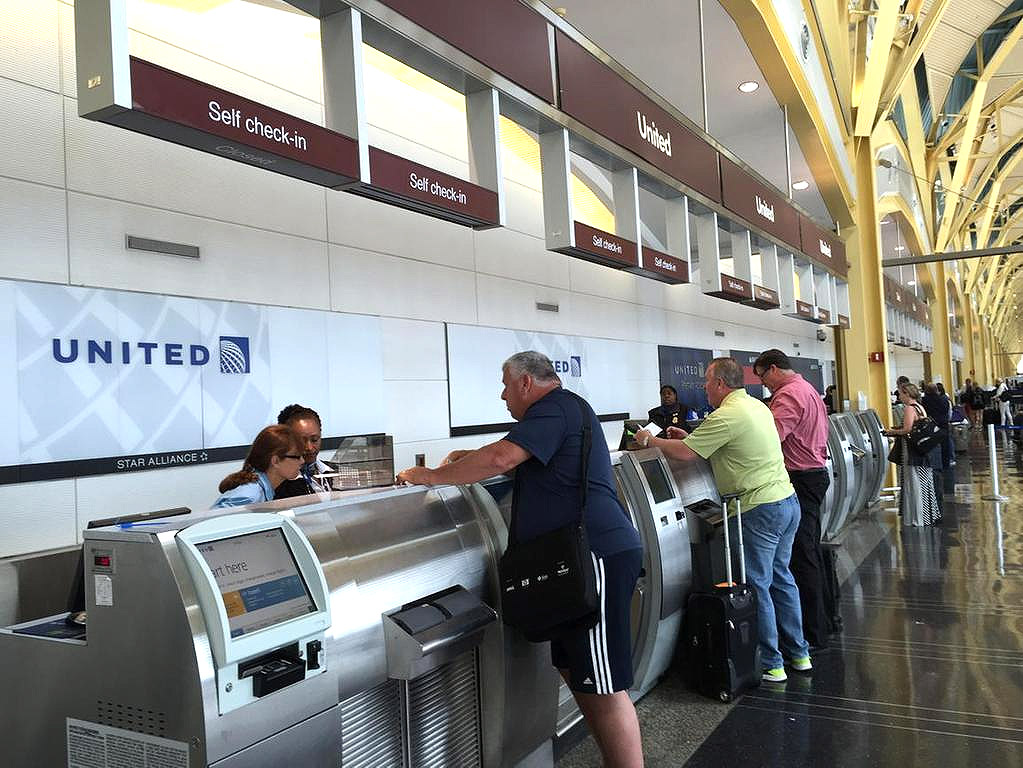WASHINGTON — If you’ve been on an airplane recently and felt like a sardine crammed into a can, you’re not alone.
The width of a typical airline seat in coach has gone from 24 inches down to 18 and sometimes even 17 inches, while the pitch — the distance between the seats — has shrunk from 32 inches to 29.
Smaller seats don’t just make for a more uncomfortable flight, they could make it a more dangerous flight too, said CBS News Travel Editor Peter Greenberg.
“If you’re on a plane in which you can’t even get out of your own seat it’s so cramped, how are you going to evacuate the plane in an emergency?” asked Greenberg.
Each airline has to show that they can evacuate a fully loaded plane in less than 90 seconds with half the exits blocked.
While airlines pass these tests fairly easily, Greenberg said he thinks he knows why.
“I think they’re hiring the cast from Cirque du Soleil,” he joked. “The point is: are those tests realistic? And are their enough flight attendants onboard to help in the evacuation based on the number of seats they’re doing, because the minute they shrink the seat pitch that only means one thing: they’re adding more seats. There’s your problem.”
In July of this year, a three-judge panel for a federal appeals court in Washington ruled that the Federal Aviation Administration must reconsider their decision not to regulate the size of airline seats as a safety issue.
“The latest order from the court may not have any teeth at all because all it’s doing is asking the FAA to study the issue,” Greenberg said. “The FAA is very good at studying the issue, as far as rule making is concerned, that’s another issue.”
At the time of the ruling, an FAA spokesman told The Associated Press that the agency considers the spacing between seat rows when testing to make sure airliners can be evacuated safely.
Greenberg points to a number of independent investigations that have shown that planes can’t be evacuated that quickly.
There is also at least one real-life example.
“You may remember that British Airways flight that caught fire in Las Vegas two years ago,” he said. “That plane was safely evacuated with no loss of life, but it was not evacuated in 90 seconds. It took nine minutes. Those people were so lucky.”
Greenberg said the most successful changes to the airline industry usually happens when the Department of Transportation steps in to make a rule change, such as the tarmac delay rule, which prohibited domestic flights from staying on the tarmac for more than three hours without allowing passengers to leave.
“It has to be done at the federal level and it has to be done either by the DOT as a rule-making change or by the FAA based on just safety issues,” he said. “Until the FAA changes their requirements for the actual evacuation test, every airline is going to pass the test.”





